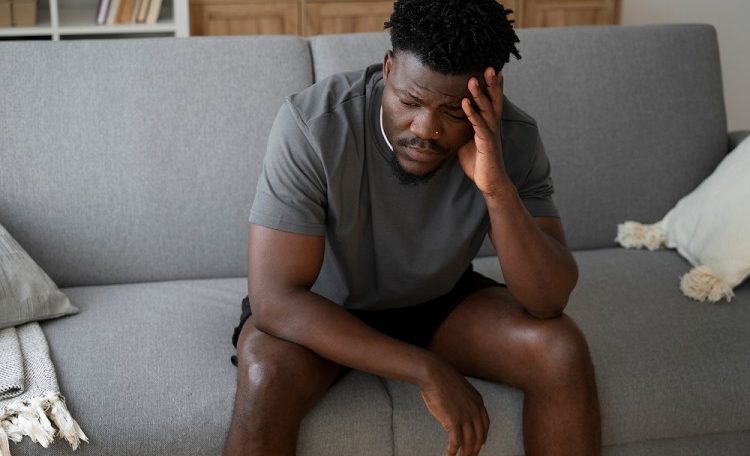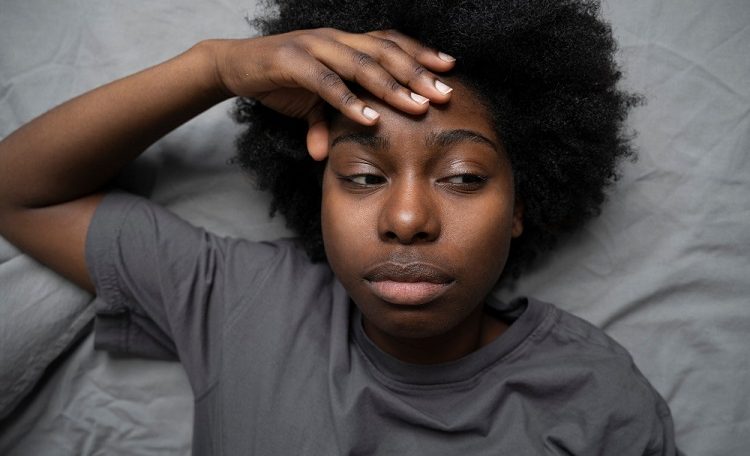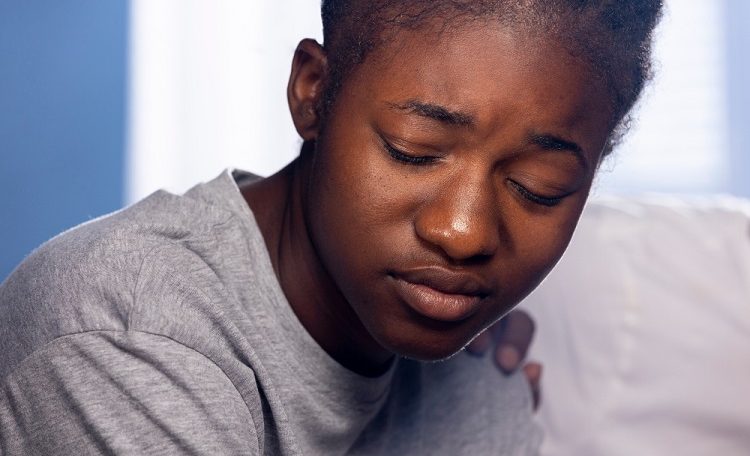
Panic disorder is a type of anxiety disorder that is characterized by intense, recurrent, and unexpected panic attacks.
Fear and anxiety can be normal reactions to stressful events. Panic disorder differs from this normal fear and anxiety because it is often extreme, and may strike out unplanned.
Many people living with panic disorder describe feelings as though they are having a heart attack or on the verge of dying.
A person with panic disorder may experience symptoms such as severe feelings of terror, rapid breathing, and rapid heart rate. People with panic disorder may experience these attacks for no apparent reason, but they can also be preceded by some sort of triggering event.
Symptoms
According to the Anxiety and Depression Association of America, nearly six million American adults experience the symptoms of panic disorder during any given year. While panic disorder can strike at any point in life, symptoms most often begin during late adolescence or early adulthood and affect twice as many women as men.
The symptoms of panic disorder are:
Chest Pain
Dizziness
Feelings of extreme terror that occur suddenly without warning
Numbness in the hands and feet
Pounding heart
Rapid breathing
Sweating
Trembling
Weakness
Panic disorder can lead to serious disruptions in daily functioning and make it difficult to cope with normal, everyday situations that may trigger feelings of intense panic and anxiety.

Diagnosis
To be diagnosed with a panic disorder, a person must experience recurrent and often unexpected panic attacks, according to the DSM-5. In addition, at least one attack needs to be followed by one month or more of the person fearing that they'll have more attacks.
Healthcare providers will also need to rule out other potential causes of your symptom including: Mental disorder, including social phobia or another specific phobia, obsessive-compulsive disorder (OCD), post-traumatic stress disorder (PTSD), or separation anxiety disorder.
DSM-5 Criteria for Diagnosing Panic Disorder
Avoidance Behaviors and Panic Disorder
Because panic disorder often leads to a person avoiding certain situations or objects, it can also lead to the development of phobias. For example, a person living with panic disorder might stop leaving home in order to prevent having an attack or losing control in public.
In time, this person might develop agoraphobia, a marked fear of being in a variety of situations outside of the home in which escape might be difficult or help might not be available if debilitating symptoms develop.

While previous versions of the DSM categorized panic disorder as occurring with or without agoraphobia, the newest edition of the diagnostic manual lists the two as distinct and separate disorders.
Stop using violence, confrontation or forces to deal with rage attacks, because, emotions are contagious. Knowing when to walk away during the aggressive outbursts, perhaps return when atmosphere is calm.
Causes
Although the exact causes of panic disorder are not clearly understood, many mental health experts believe that a combination of environmental, biological, and psychological factors play a role:

Age: Panic disorder typically develops between the ages of 18 and 35.
Gender: According to the National Institute of Mental Health, women have more than twice the risk of panic disorder than men.
Genetics: Member with panic disorder, you are much more likely to develop the condition. Although up to half or more of people with panic disorder do not have close relatives with the condition.
Trauma: Experiencing a traumatic event, such as being the victim of physical or sexual abuse, can increase risk of panic disorder as well.
Types of Panic Attacks
There are two main types of panic attacks: unexpected and expected. People with panic disorder most commonly experience unexpected panic attacks, but some do experience both types.
Unexpected panic attacks occur suddenly without any external or internal cues. In other words, they seem to happen "out of the blue" when you feel relaxed.
Expected panic attacks occur when someone is exposed to a situation for which they carry fear. For example, having a panic attack during take-off on a plane.

Self-treatment
Avoiding caffeine, nicotine, alcohol and recreational drugs may help relieve fear and anxiety.
Getting regular sleep and exercise, and practising relaxation techniques such as deep breathing and yoga may also help. You're also advised to focus on changing behavior that caused you to panic attacks, such as relationships problems or any stressful situations, you need to avoid and moreso the family History.
Are you struggling to work, maintaining relationships, or having symptoms that are becoming more frequent?, Make an appointment to see your Psychologist.
Related Posts
Breaking Free From Bipolar Disorder
People who have bipolar disorder can have periods in which they feel overly happy and…
Psychological Aggression and Abuse within Marriage
Psychological Abuse often called emotional abuse is a form of abuse characterized by a person…
How Grief Can Rewire Our Brain In A Way That Worsens Memory
Presently, in shock at the news of that tragic accident that claimed lives or injured…




